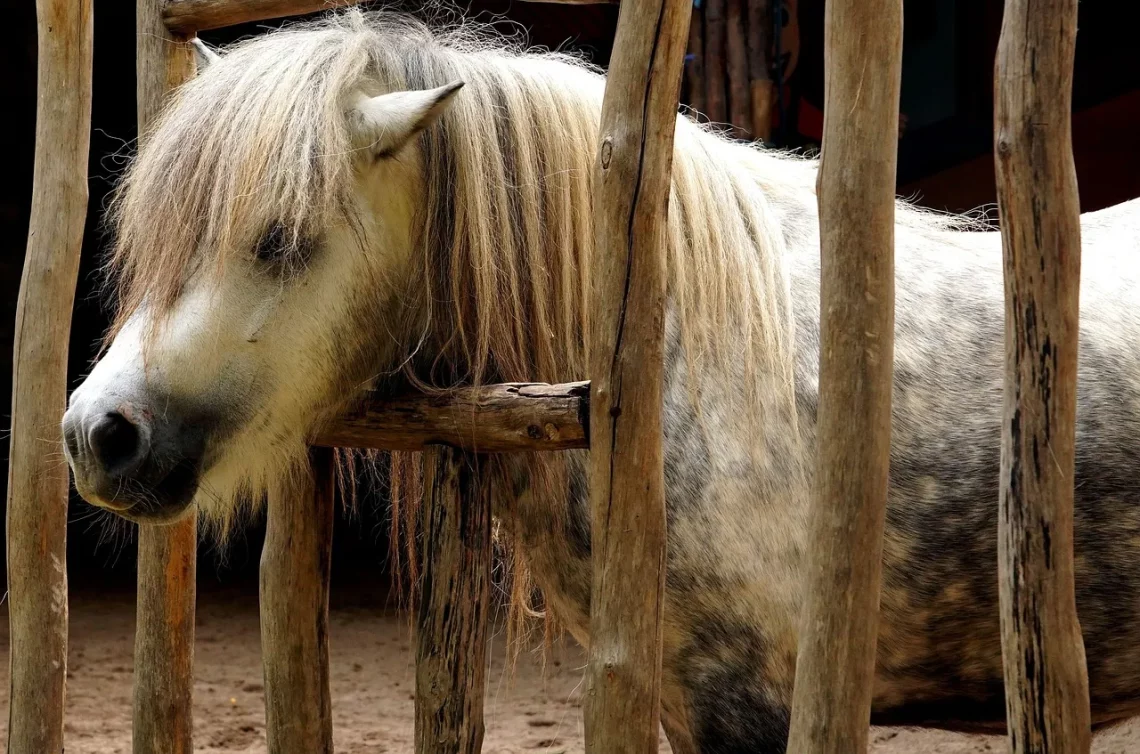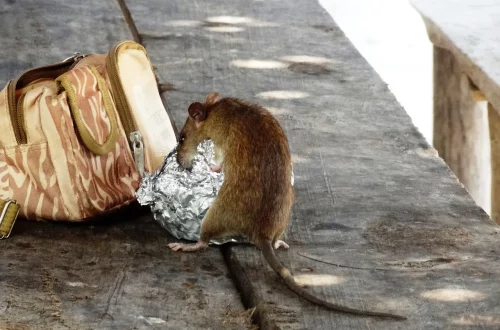
Guinea Pig Enclosure with Lid to Keep Cats Out Safely
Creating a safe and secure environment for our pets is a priority for many animal lovers. This is especially true for small animals like guinea pigs, which require specific care and housing conditions to thrive. When considering an enclosure for guinea pigs, there are numerous factors to take into account, including size, ventilation, and safety. One of the key concerns for many guinea pig owners is ensuring that their pets are protected from potential threats, particularly from household cats. Cats are natural hunters and may see small animals like guinea pigs as prey, leading to a need for secure enclosures that can keep them safe.
Beyond the basic requirements of an enclosure, a lid or cover becomes an essential feature for safeguarding guinea pigs. A well-designed enclosure with a lid not only prevents cats from accessing the guinea pigs but also protects them from other dangers, such as birds of prey, environmental hazards, and even curious children. Additionally, a lid can help maintain a stable climate within the enclosure, preventing extreme temperature fluctuations that could stress the animals.
As you consider building or purchasing an enclosure for your guinea pigs, it’s vital to think about the materials, the design, and how well it can keep unwanted visitors out. With the right approach, you can create a safe haven for your furry friends, ensuring they live a happy and healthy life.
Choosing the Right Materials for Your Enclosure
When constructing or selecting a guinea pig enclosure, the materials used are crucial for both safety and durability. The most common materials for guinea pig cages include wood, plastic, and metal. Each material has its pros and cons, which should be carefully considered before making a decision.
Wooden enclosures can provide a warm and natural aesthetic, but they must be treated to prevent moisture damage and chewing. Certain types of wood, like untreated pine, can be harmful to guinea pigs, so it’s essential to select safe options. Additionally, wooden cages may require more maintenance and should be regularly checked for signs of wear or rot.
Plastic enclosures are lightweight, easy to clean, and resistant to moisture. However, they might not provide the same level of ventilation as other materials, which is an important factor for guinea pigs. Look for plastic cages that have ample airflow and consider those with removable tops for easy access.
Metal cages, often made from wire, are popular for their durability and ventilation. They are less likely to harbor bacteria and are easy to clean. However, it’s important to ensure that the spacing between the bars is narrow enough to prevent guinea pigs from escaping or getting stuck. Additionally, the edges should be smooth to avoid injury.
In terms of a lid, a solid cover made from a combination of these materials can be ideal. A sturdy, well-ventilated lid will keep cats at bay while providing a safe environment for your guinea pigs. Consider using materials that are both lightweight and strong, such as metal mesh or reinforced plastic, to allow for airflow while keeping predators out.
Designing an Effective Lid for Your Guinea Pig Enclosure
The design of the lid is as important as the materials used in the overall enclosure. A well-thought-out lid will not only keep cats out but also enhance the living conditions for guinea pigs. When designing a lid, consider the following aspects: accessibility, ventilation, and safety.
Accessibility is crucial for routine care. A lid should allow easy access to the guinea pigs for feeding, cleaning, and interaction. Consider a hinged lid that opens from the top, providing ample space to reach inside without disturbing the entire enclosure. If you have multiple guinea pigs, ensure that the lid’s design allows you to reach all areas of the cage comfortably.
Ventilation is another vital factor. While the lid needs to be secure, it should also allow for proper airflow. A solid lid can trap heat and humidity, creating an uncomfortable environment for your pets. Incorporating mesh panels or vents into the lid design can help balance security with the need for fresh air.
Safety is paramount when designing a lid. Ensure that any hinges or locks are secure and difficult for cats to manipulate. You might also consider using additional latches or locks to provide extra security. The edges of the lid should be smooth and free from sharp points, protecting both your guinea pigs and yourself from injury.
Lastly, aesthetics can also play a role in your design. A well-designed lid can enhance the overall appearance of the enclosure while still fulfilling its primary purpose. Consider painting or finishing the lid in a way that complements your home décor, making it a stylish addition to your living space.
Creating a Peaceful Environment for Your Guinea Pigs
Beyond the physical structure of the enclosure, creating a peaceful and stimulating environment for your guinea pigs is essential for their well-being. A stress-free habitat will promote healthy behaviors and reduce anxiety among your pets. Here are some tips for creating an enriching environment within the enclosure.
First, consider the layout of the enclosure. Guinea pigs thrive in spacious environments where they can explore and exercise. Make sure to provide plenty of room for them to run around. Additionally, adding different levels or platforms can encourage climbing and exploration, creating a more dynamic space.
Incorporating hiding spots is another great way to make the enclosure feel secure and comfortable. Guinea pigs are prey animals and often seek refuge when they feel threatened. Providing tunnels, houses, or even simple cardboard boxes will give them places to retreat to when they need a break from being out in the open.
Toys and chewing items are also vital for mental stimulation. Guinea pigs have a natural instinct to chew, and providing safe chew toys can help keep their teeth healthy while also entertaining them. Items like untreated wood blocks, hay-based toys, and even simple homemade toys can encourage play and exploration.
Finally, maintaining cleanliness within the enclosure is crucial for your guinea pigs’ health. Regularly cleaning bedding and removing uneaten food will help prevent the buildup of harmful bacteria and create a more pleasant environment. A clean cage is not only better for your pets but will also make it easier for you to interact with them.
In conclusion, ensuring a safe, secure, and enriching environment for your guinea pigs is key to their health and happiness. By choosing the right materials, designing an effective lid, and creating a peaceful habitat, you can provide your pets with a home that meets all their needs.
**Disclaimer:** This article is for informational purposes only and should not be considered medical advice. For any health concerns regarding your pets, please consult a qualified veterinarian.




